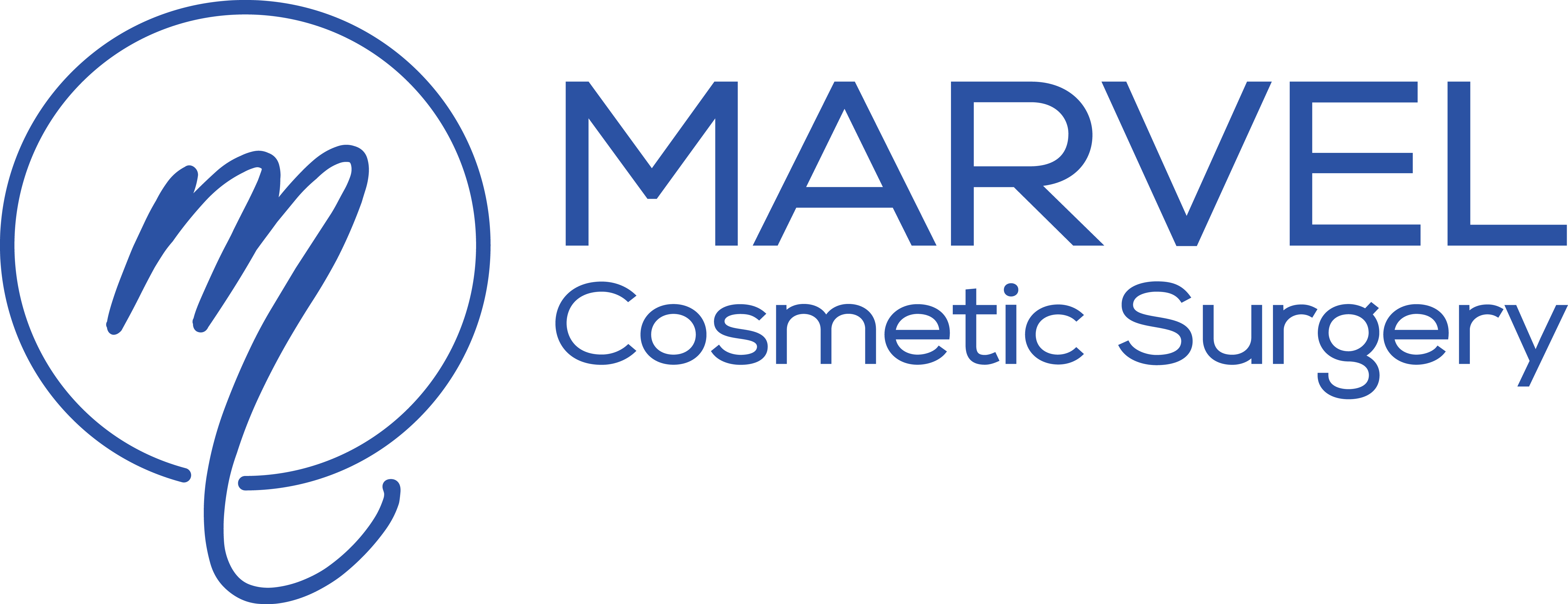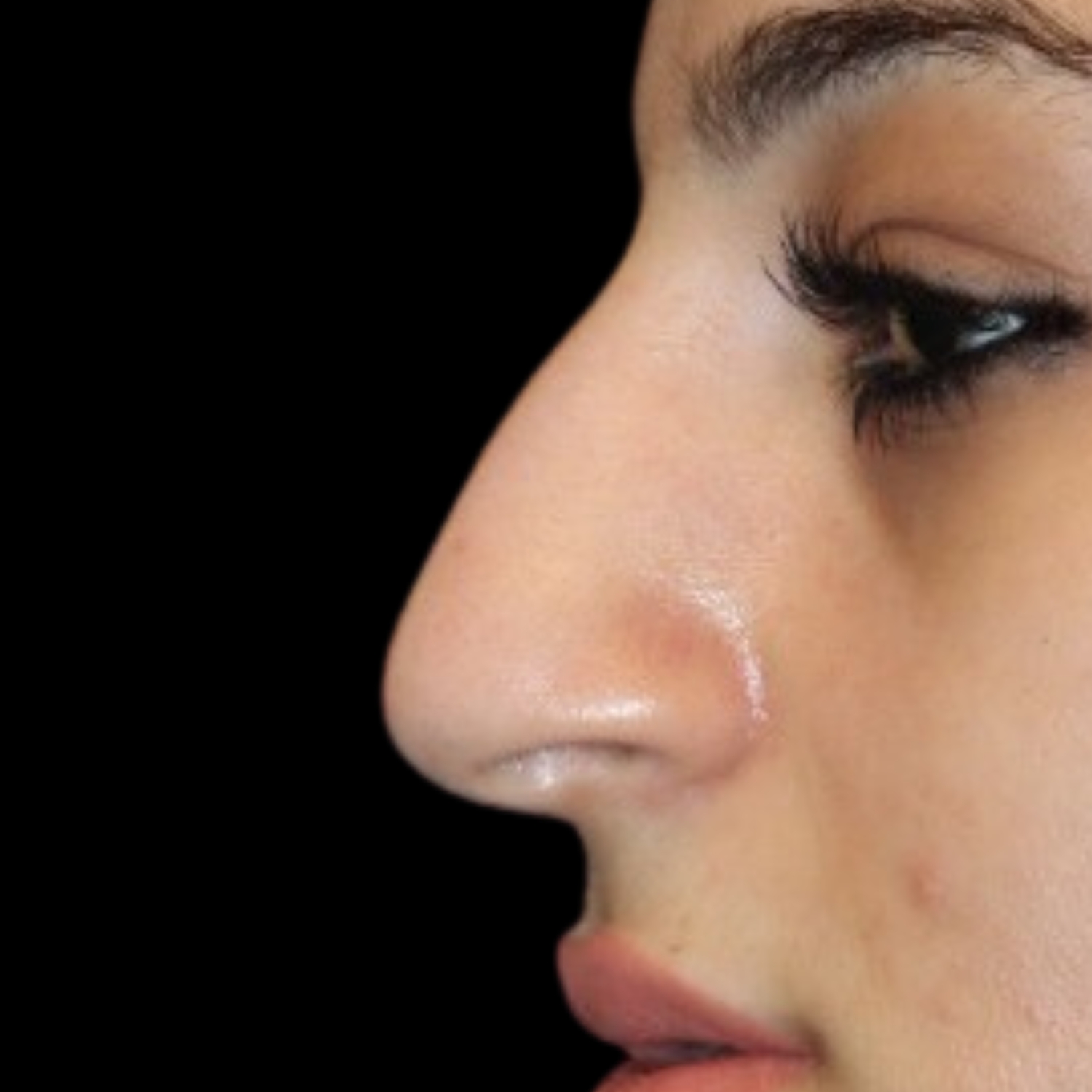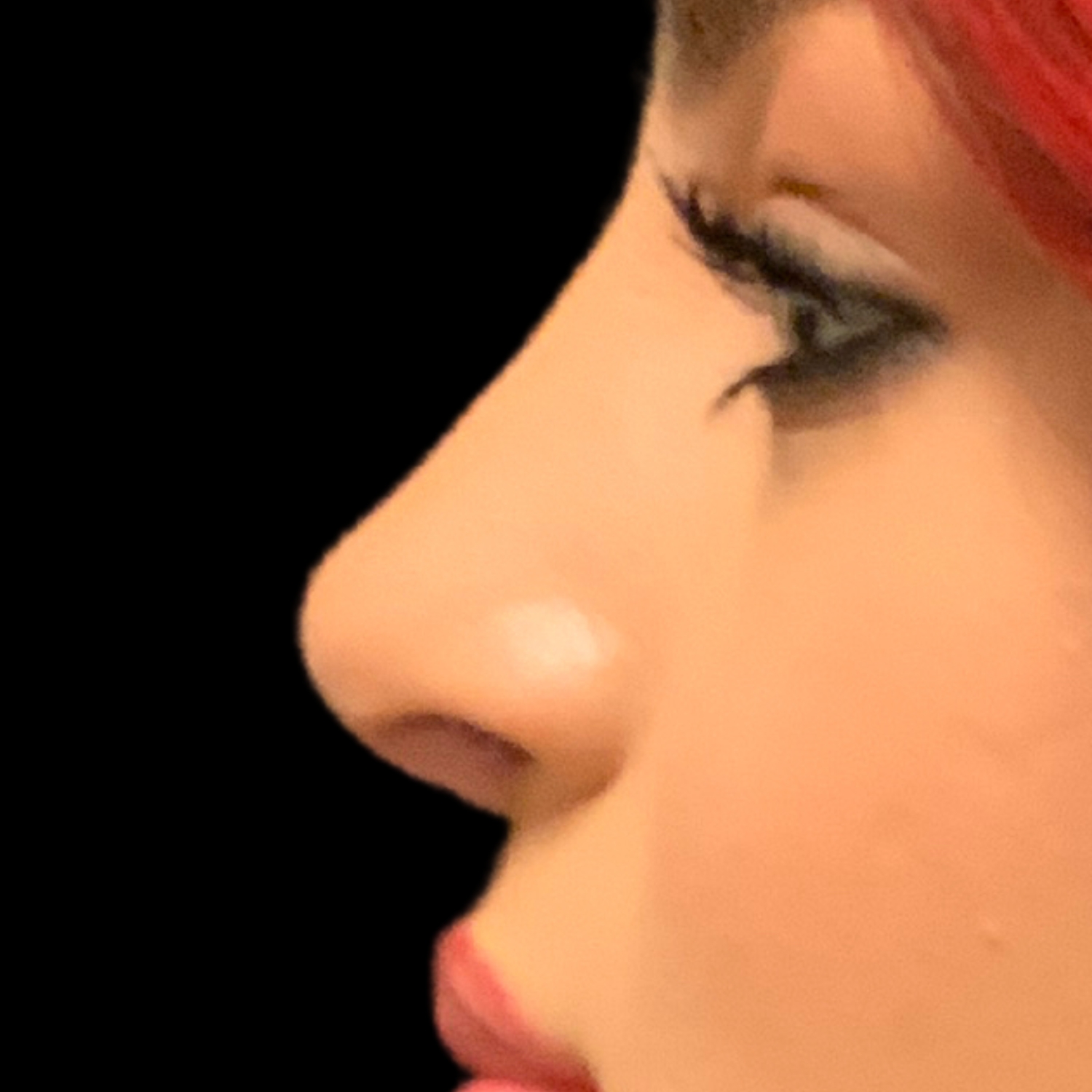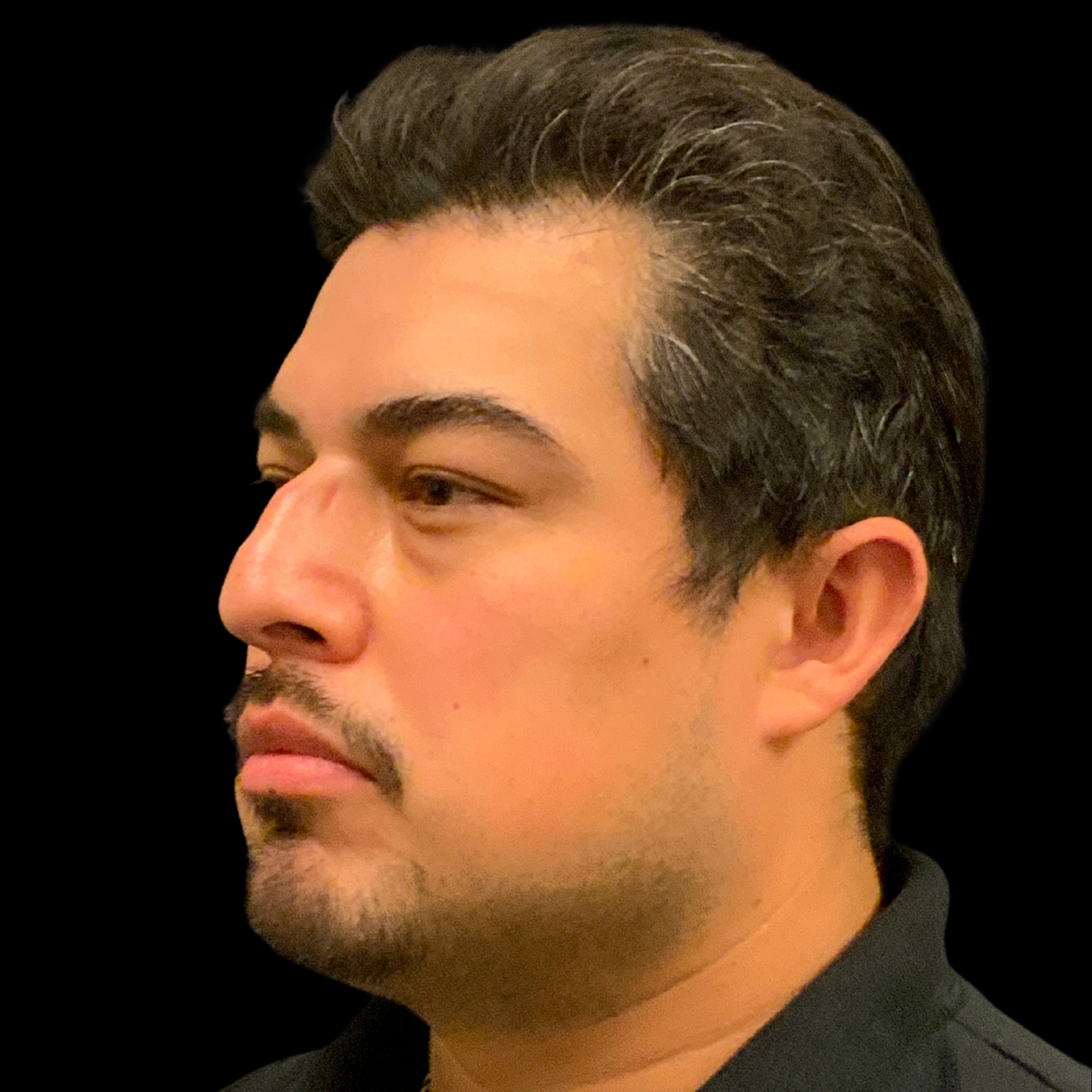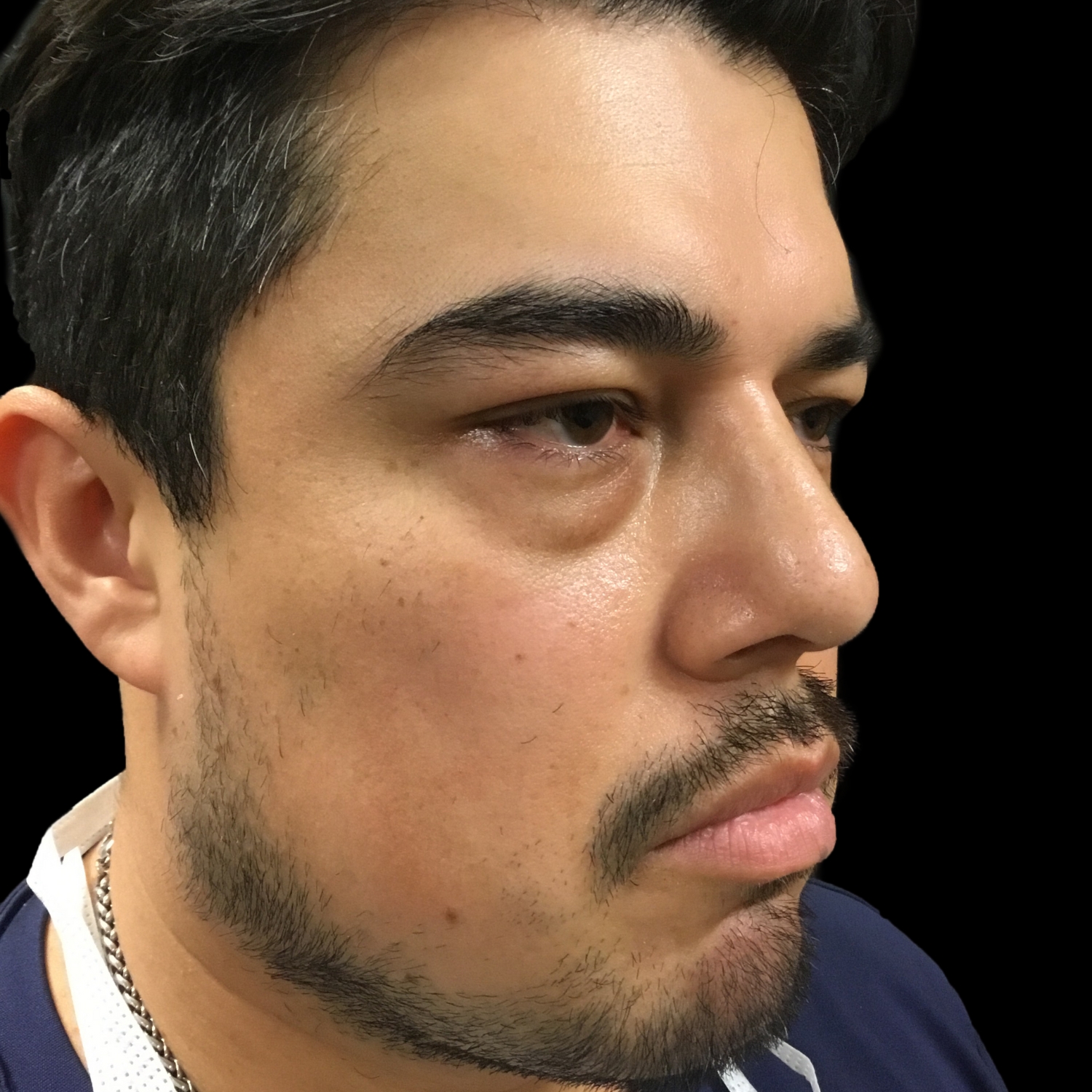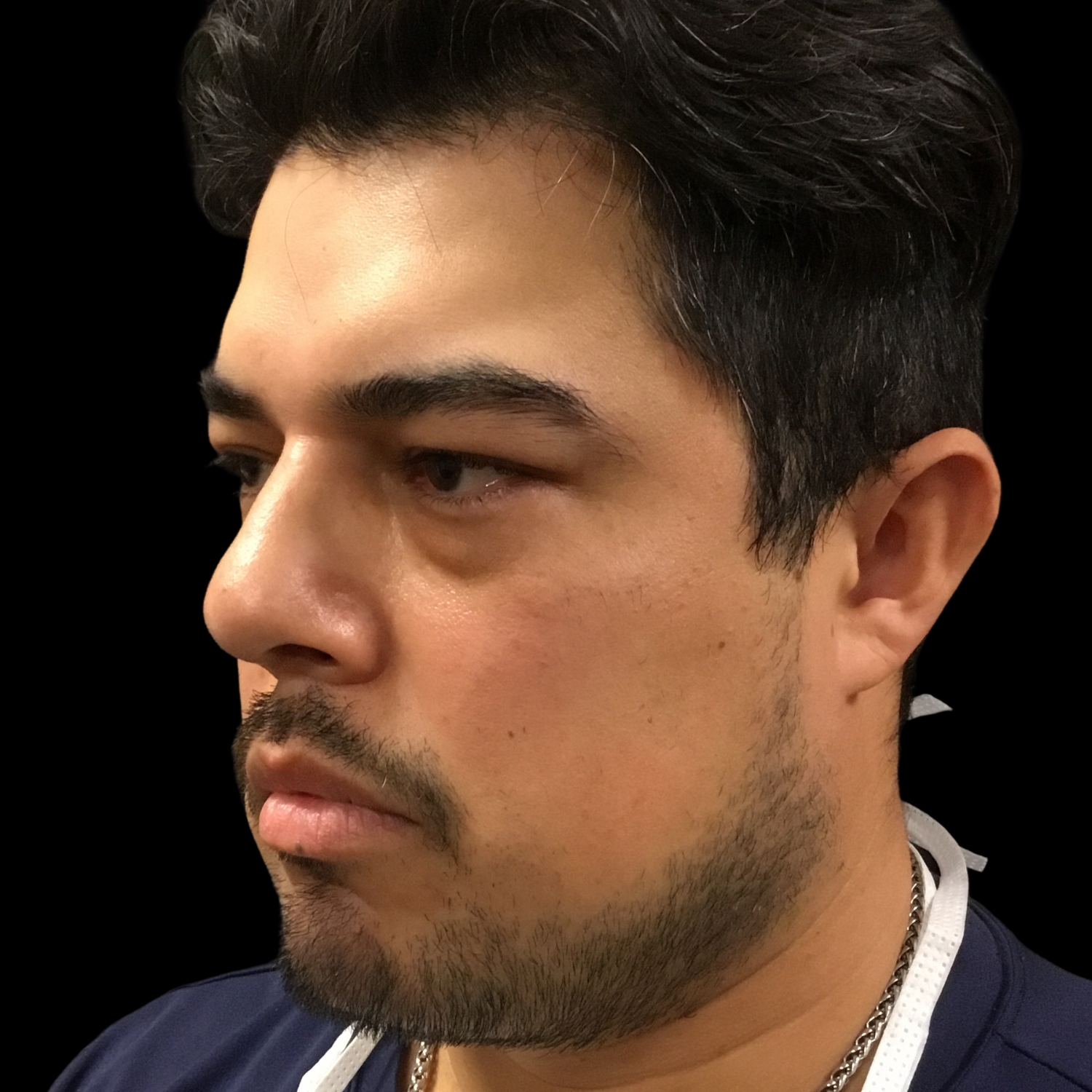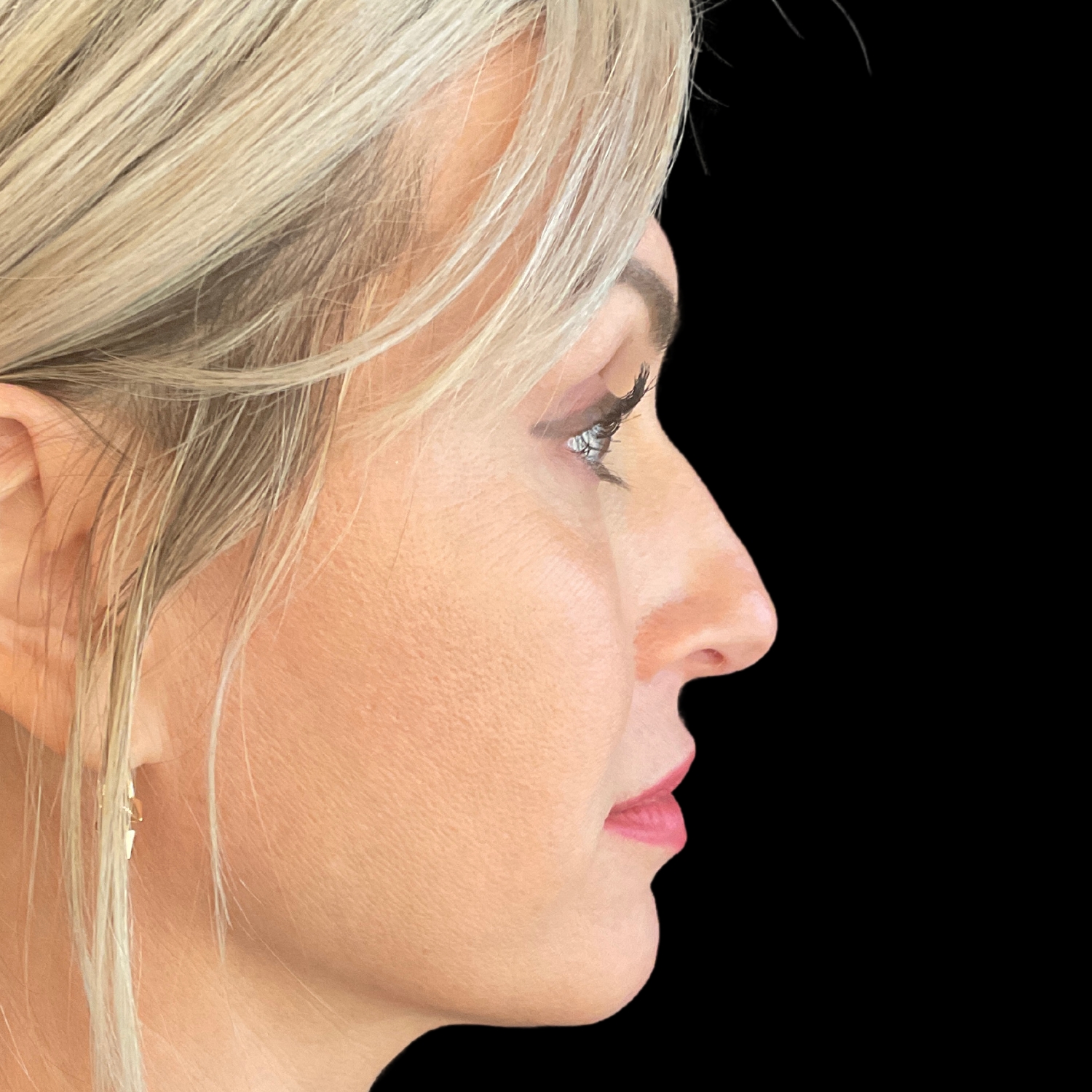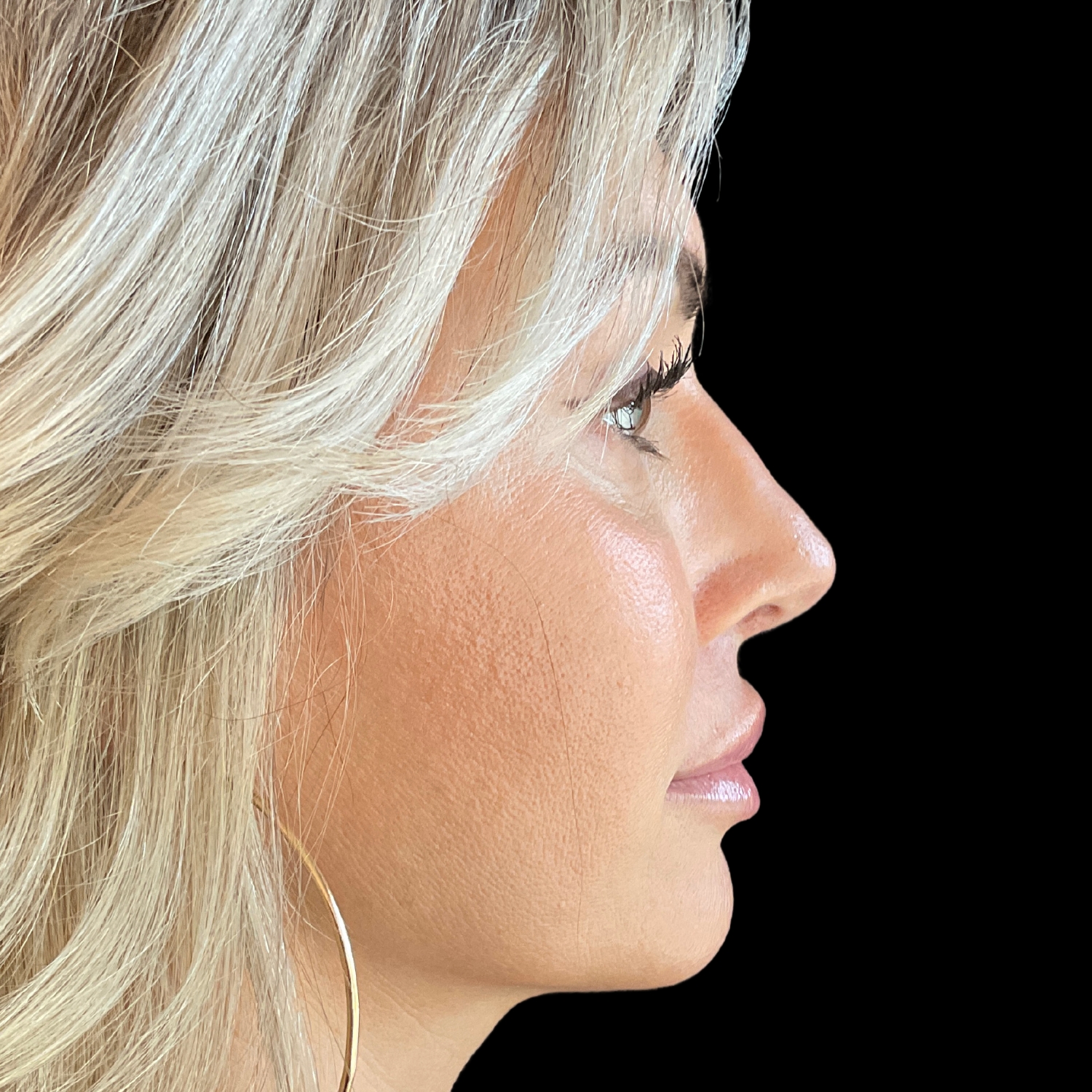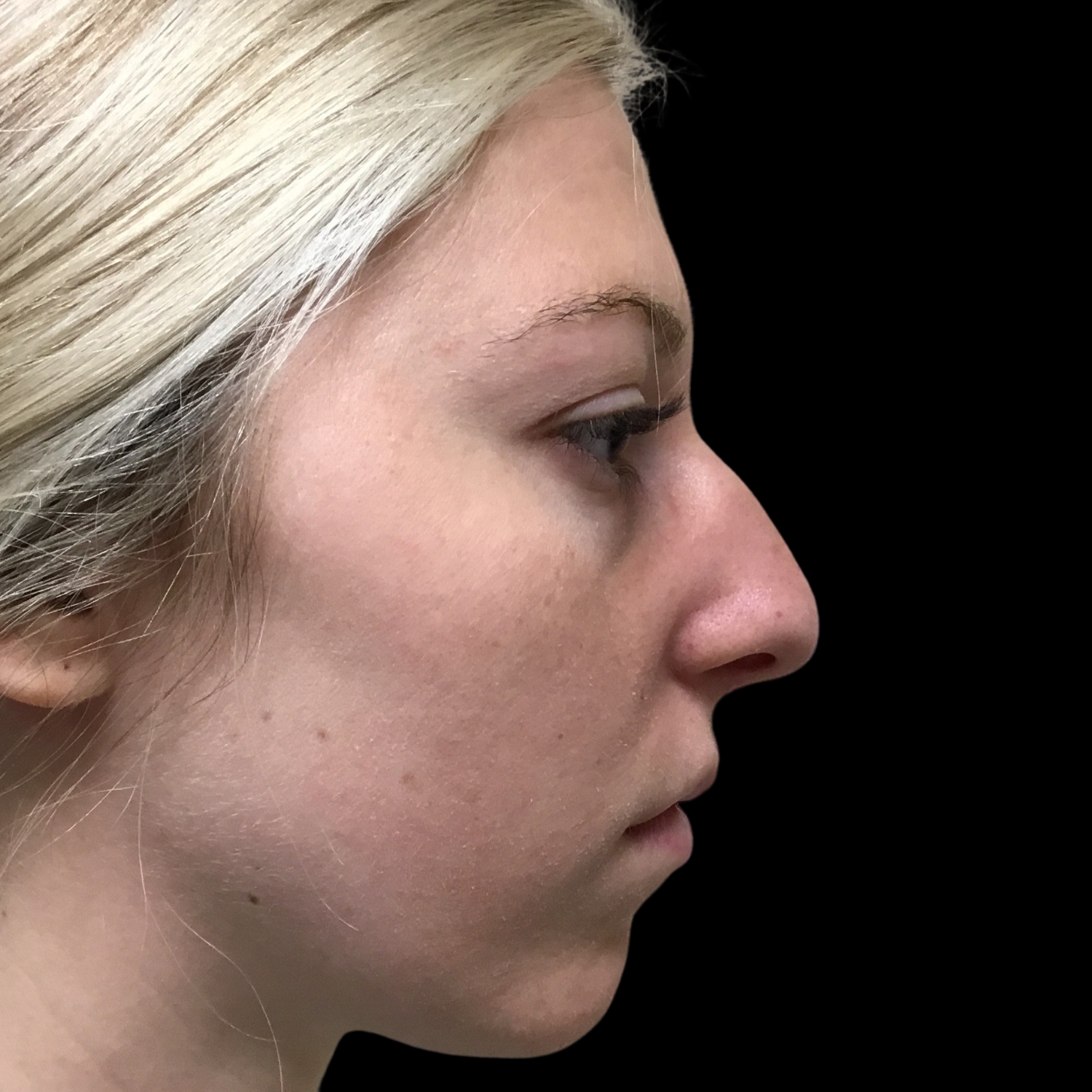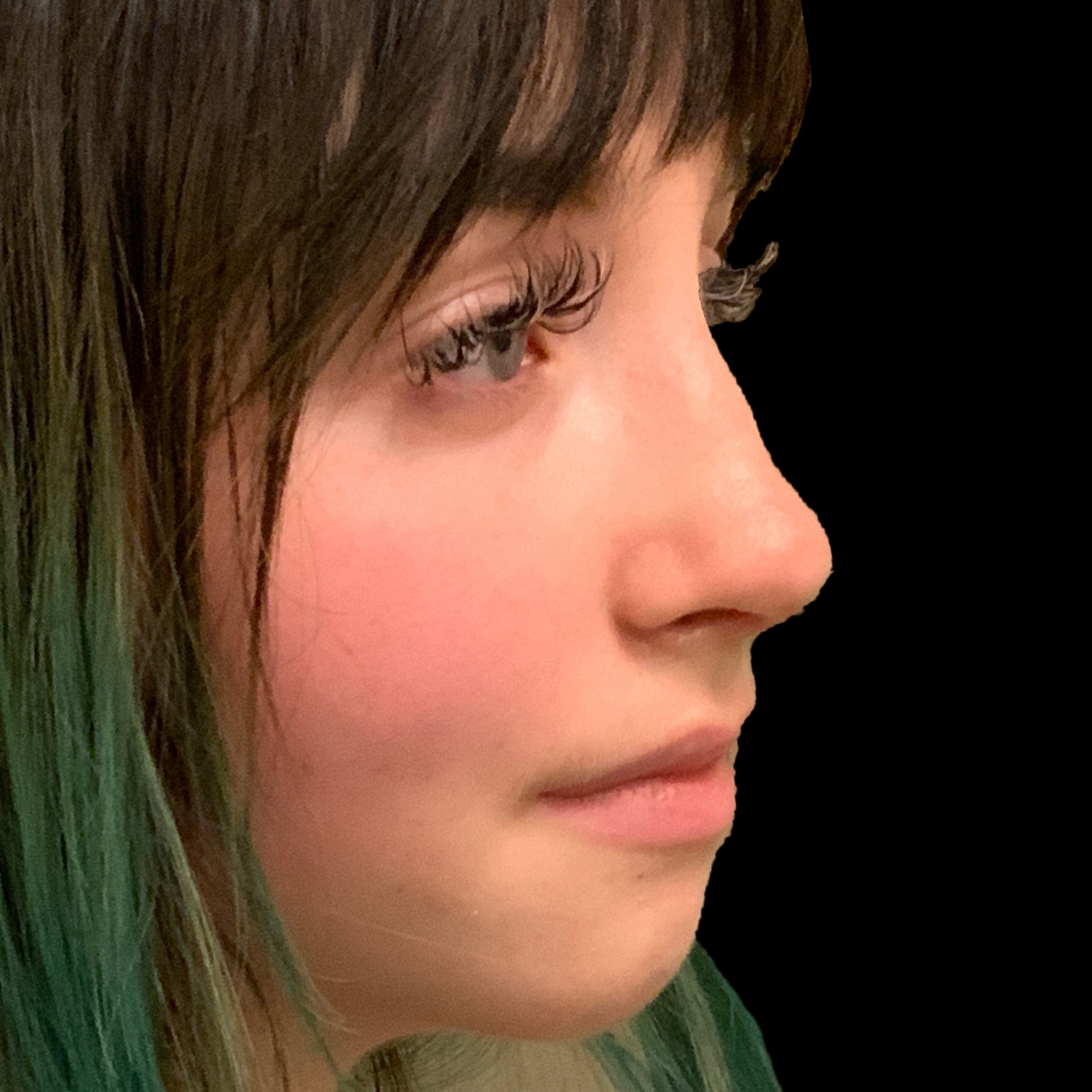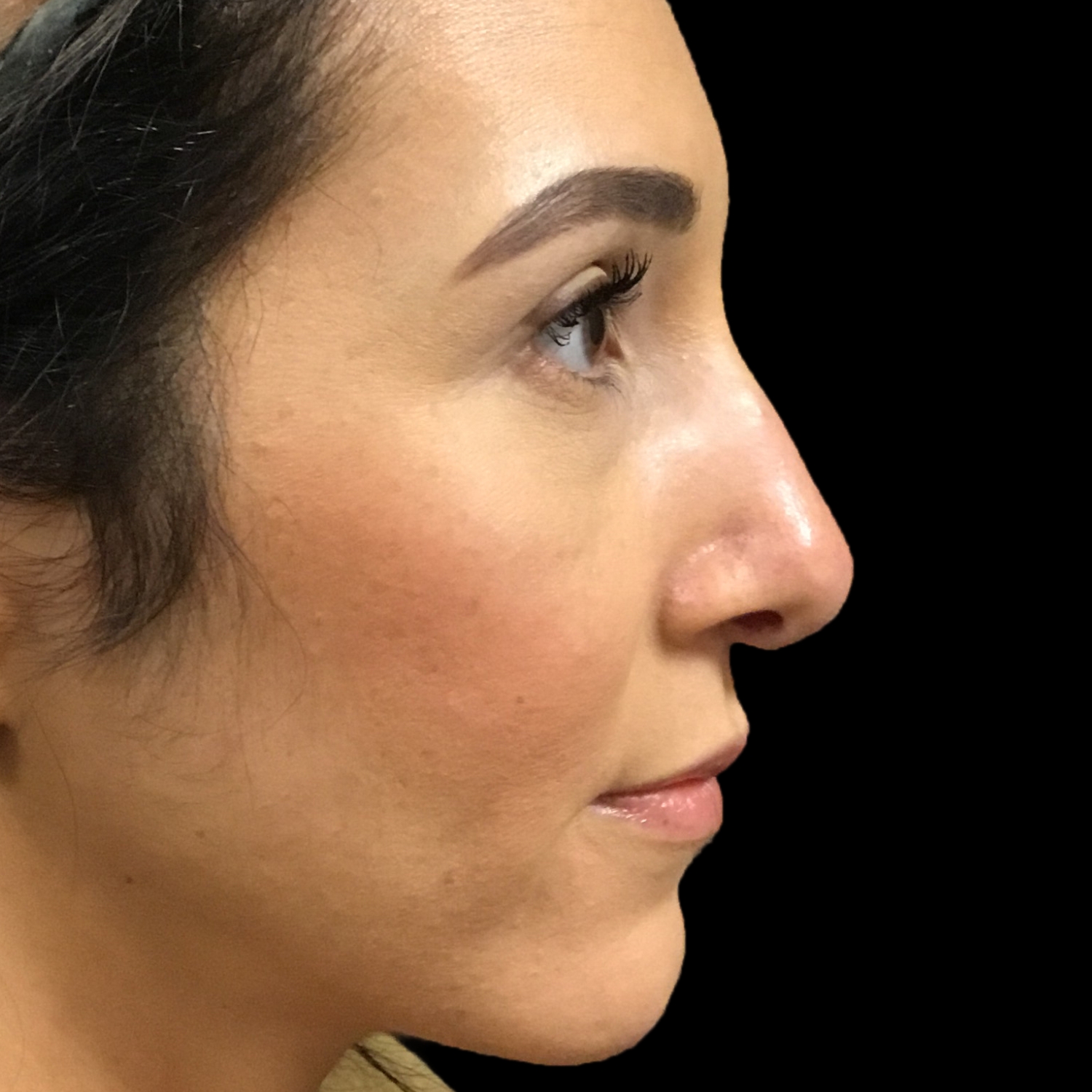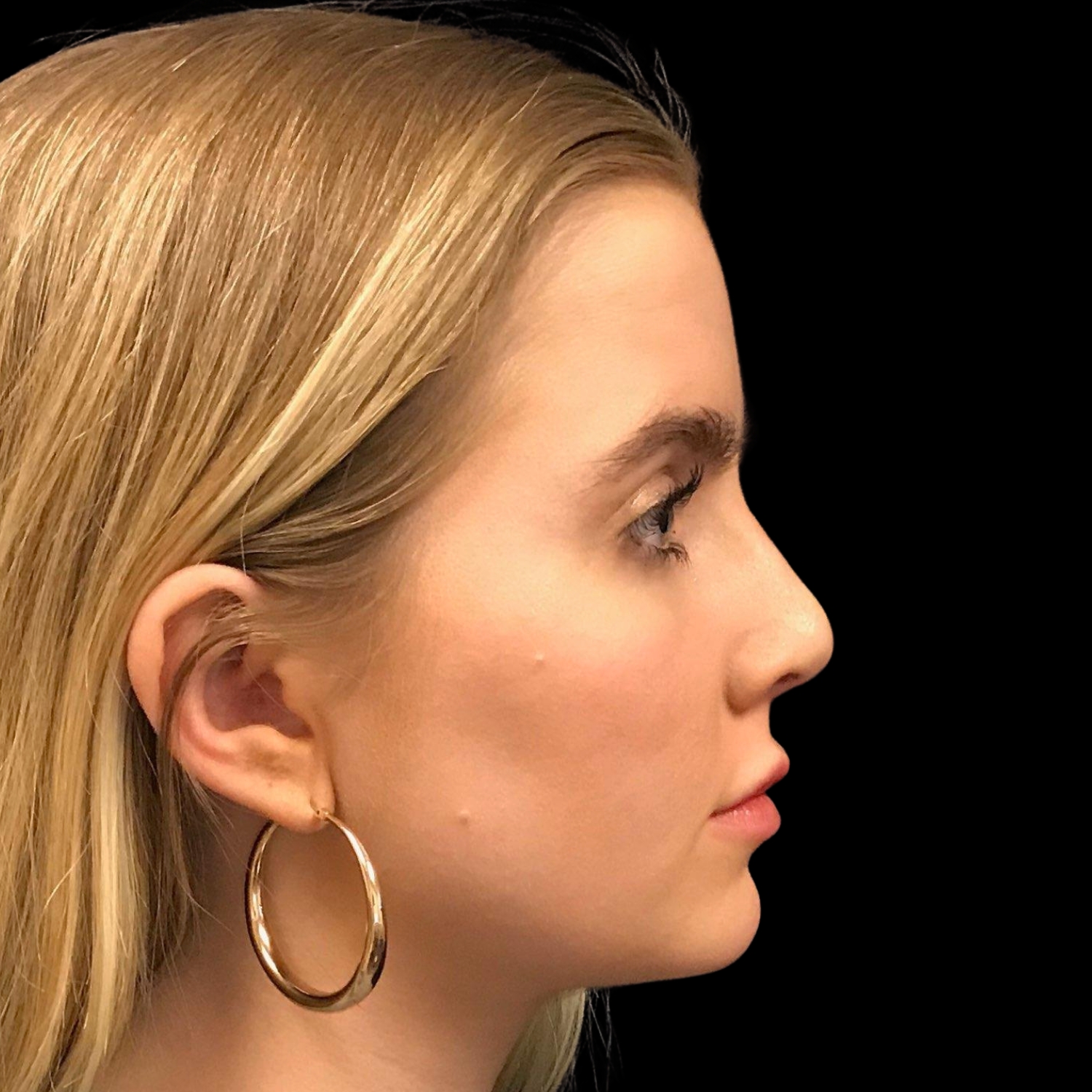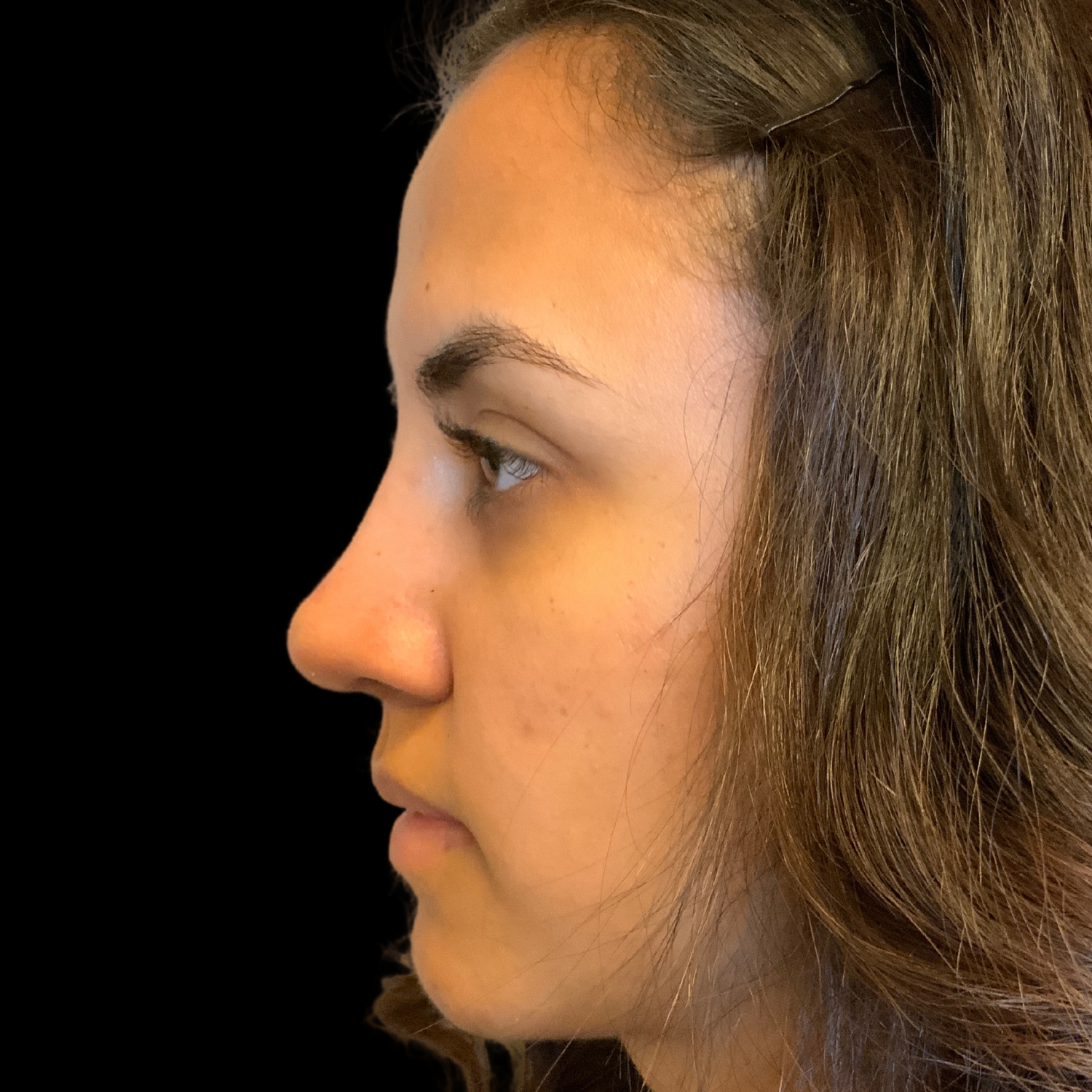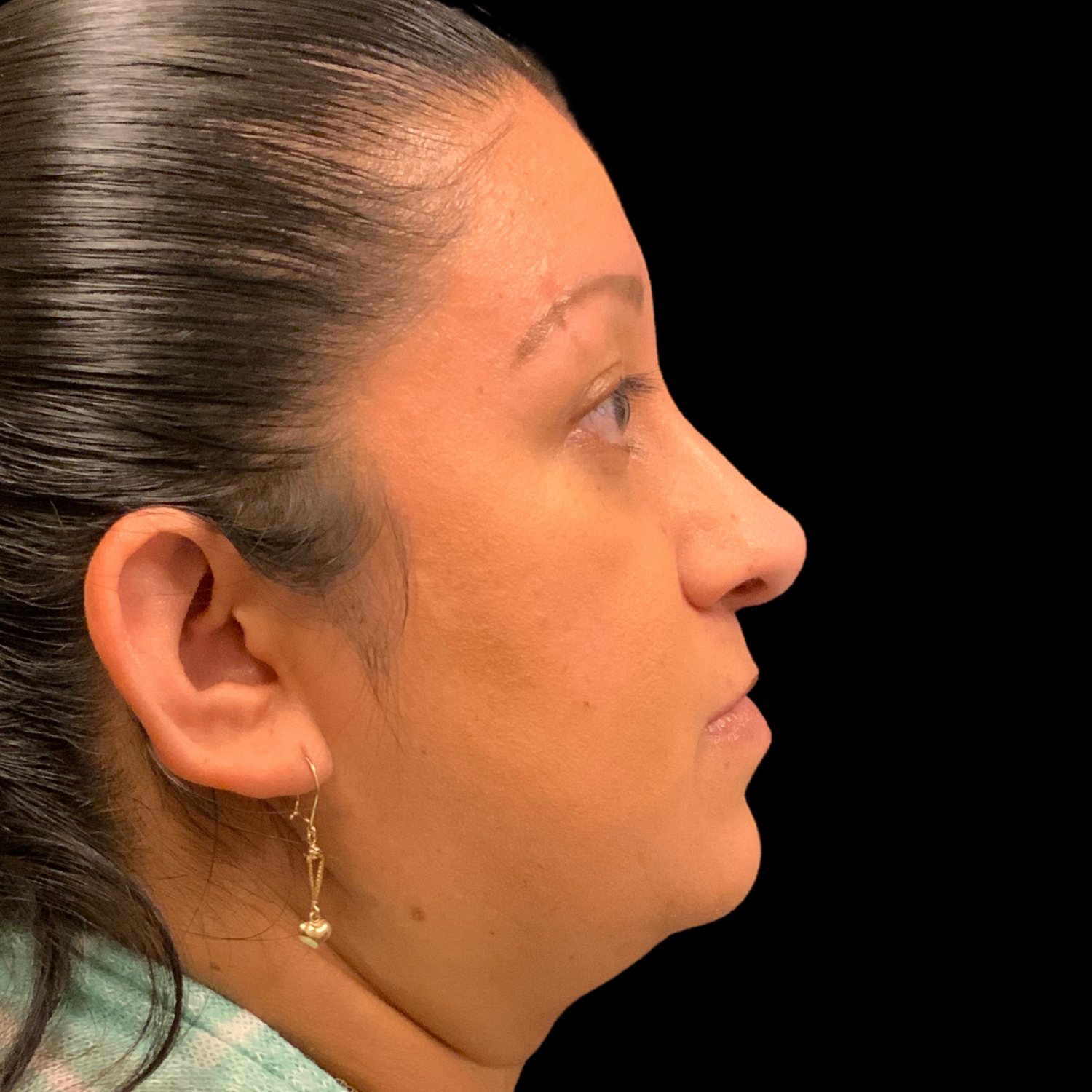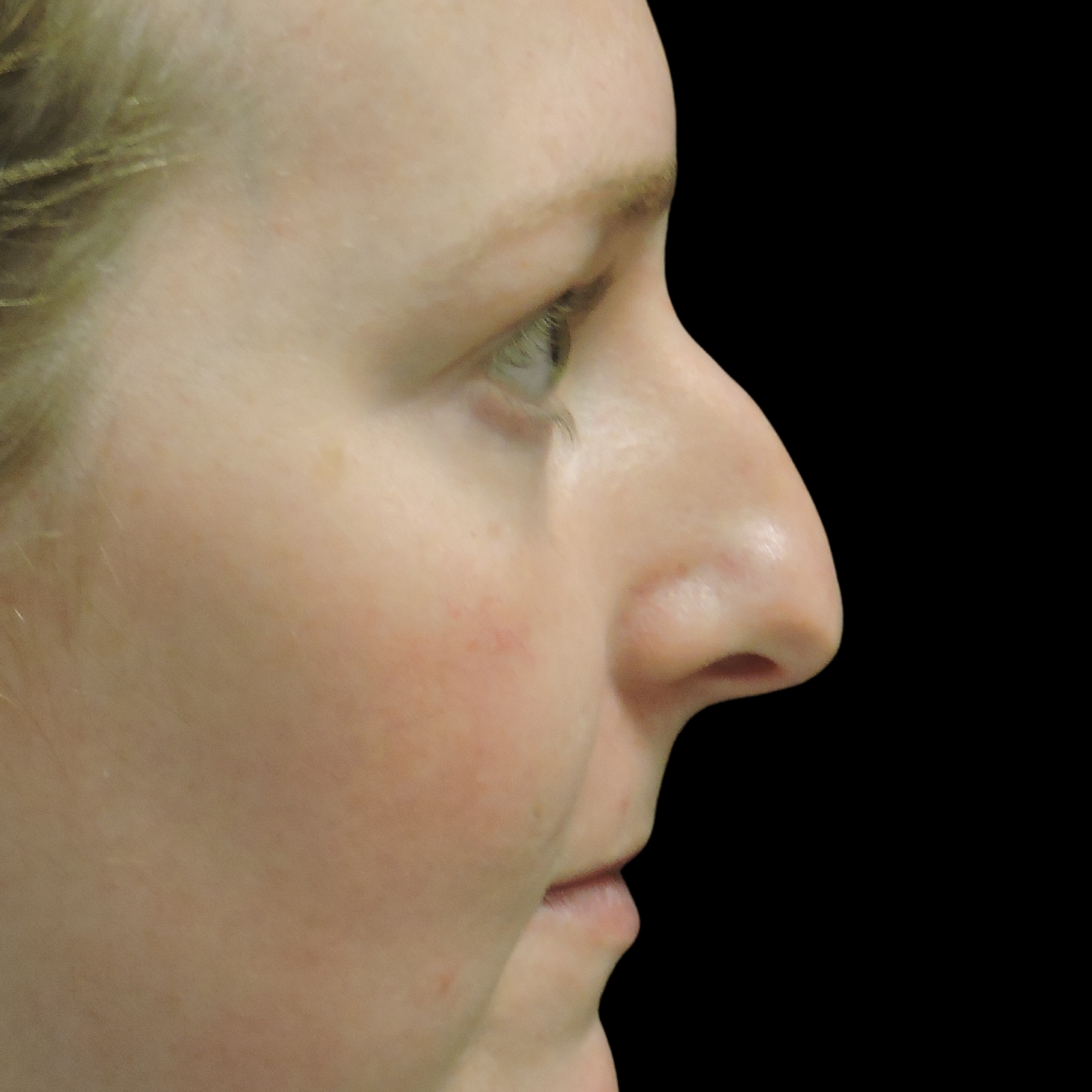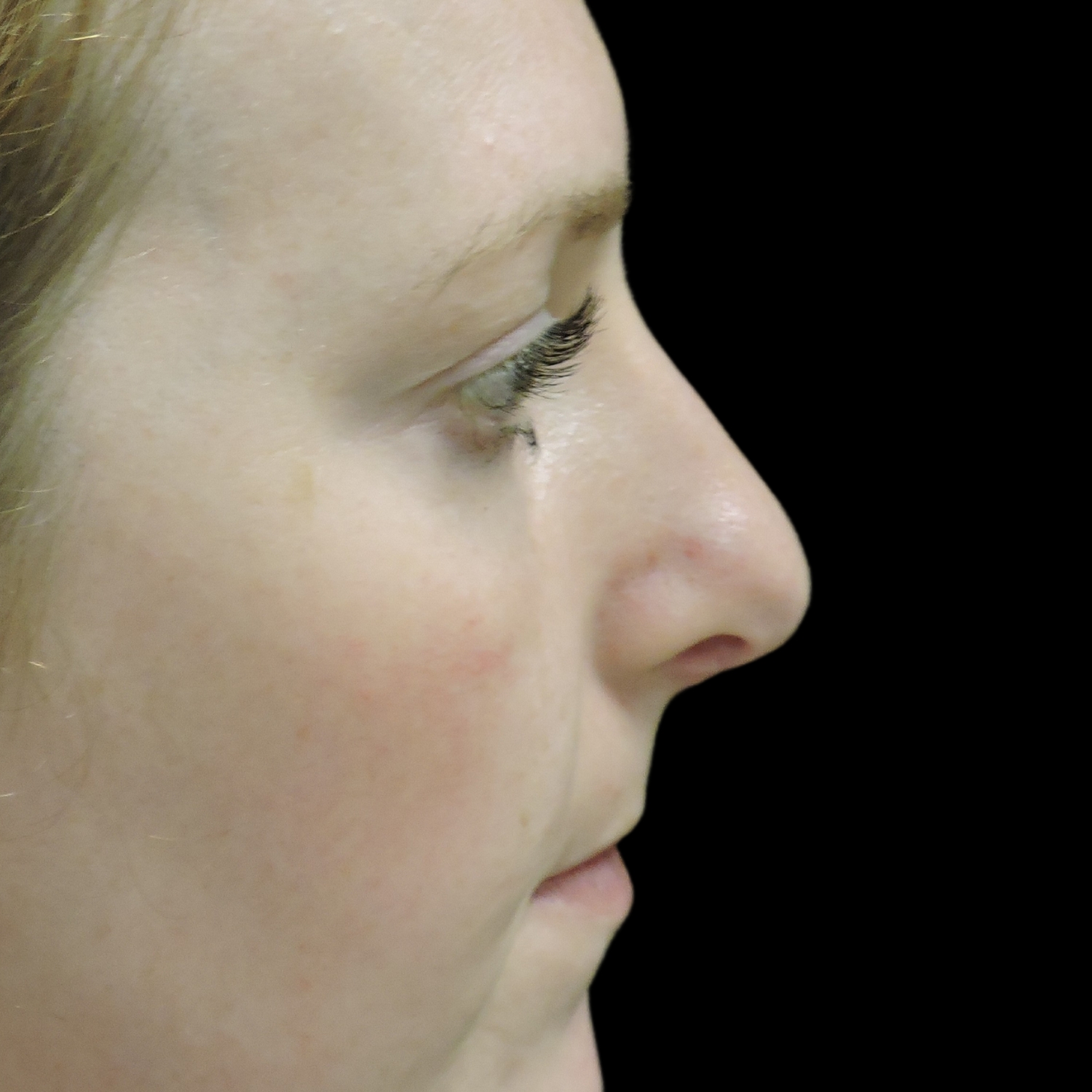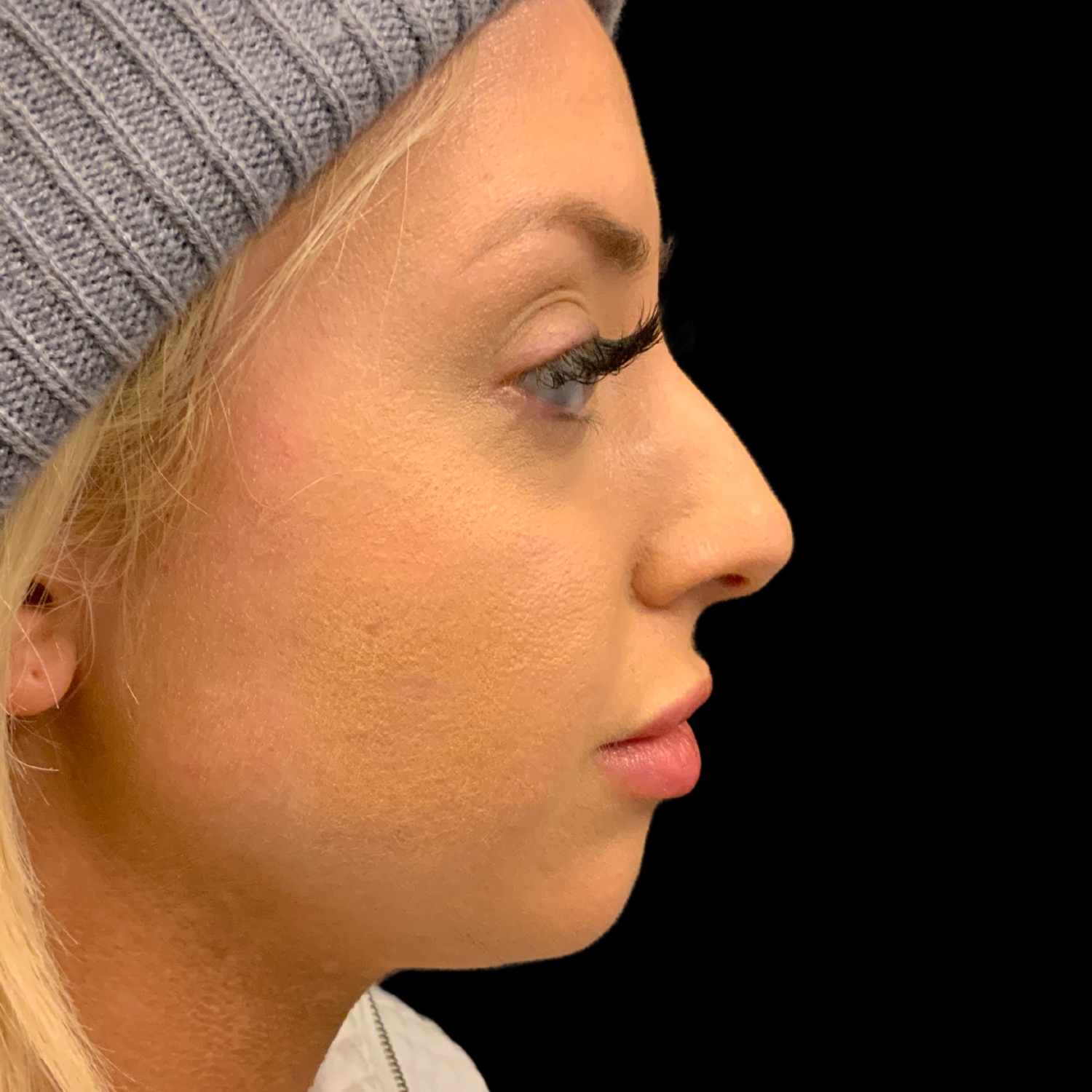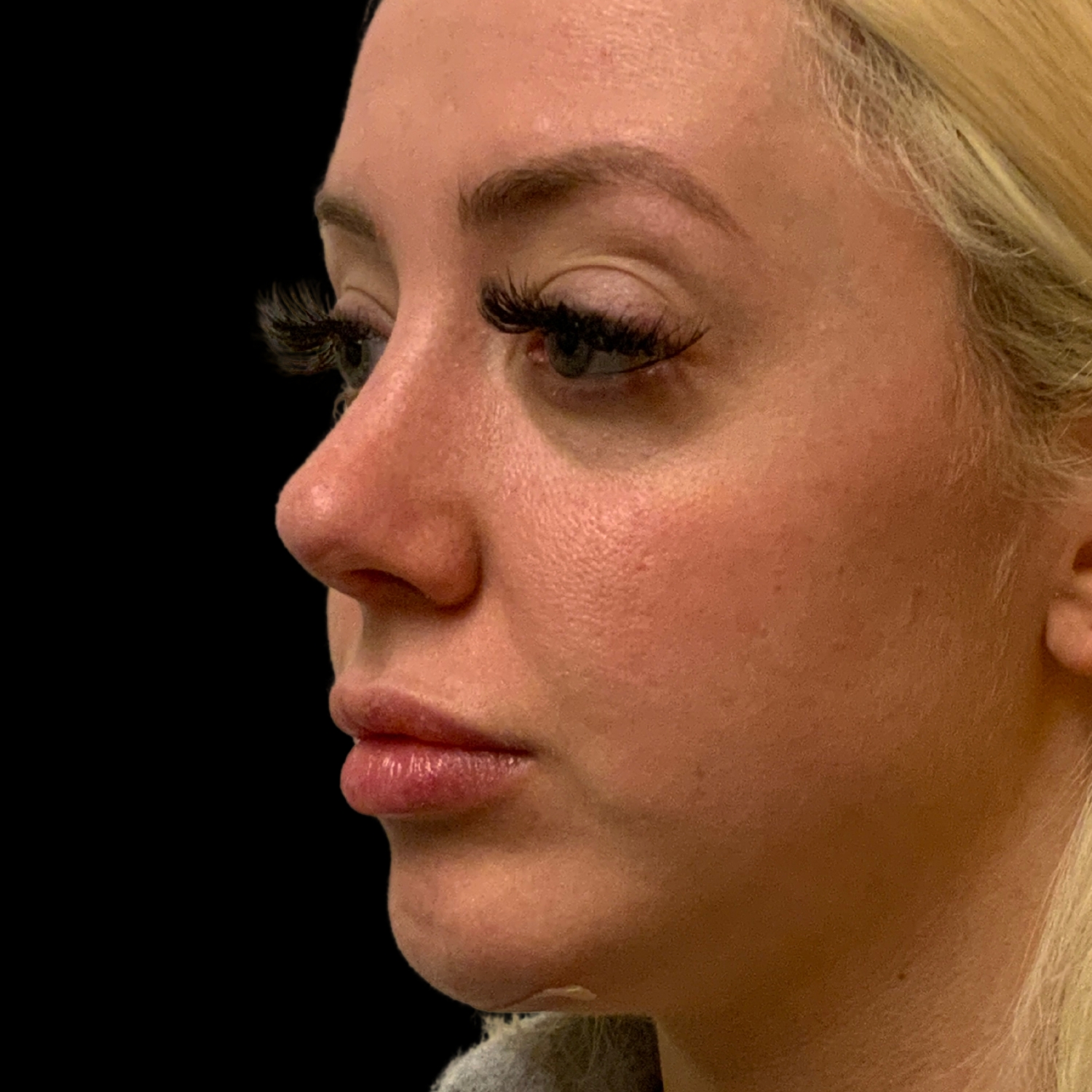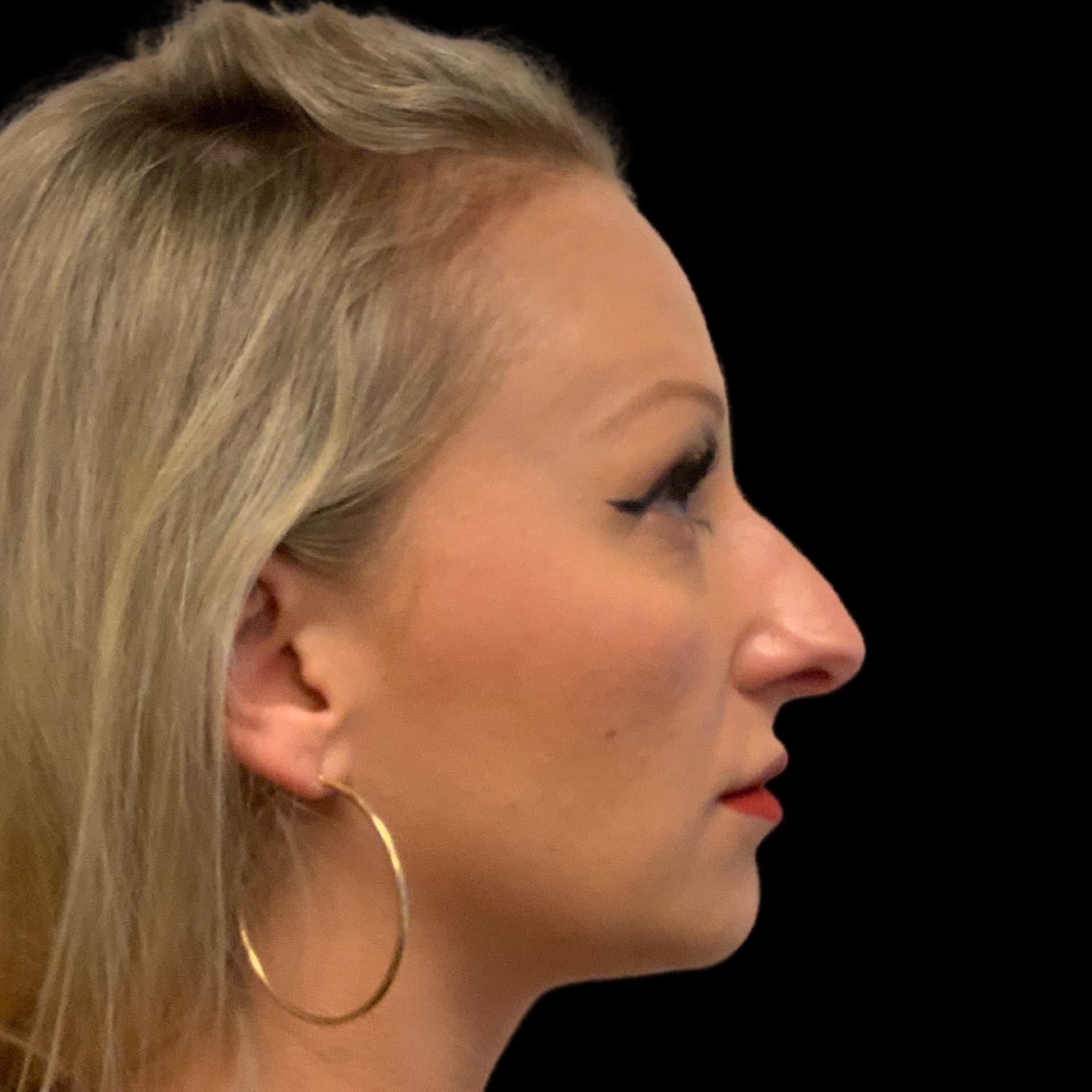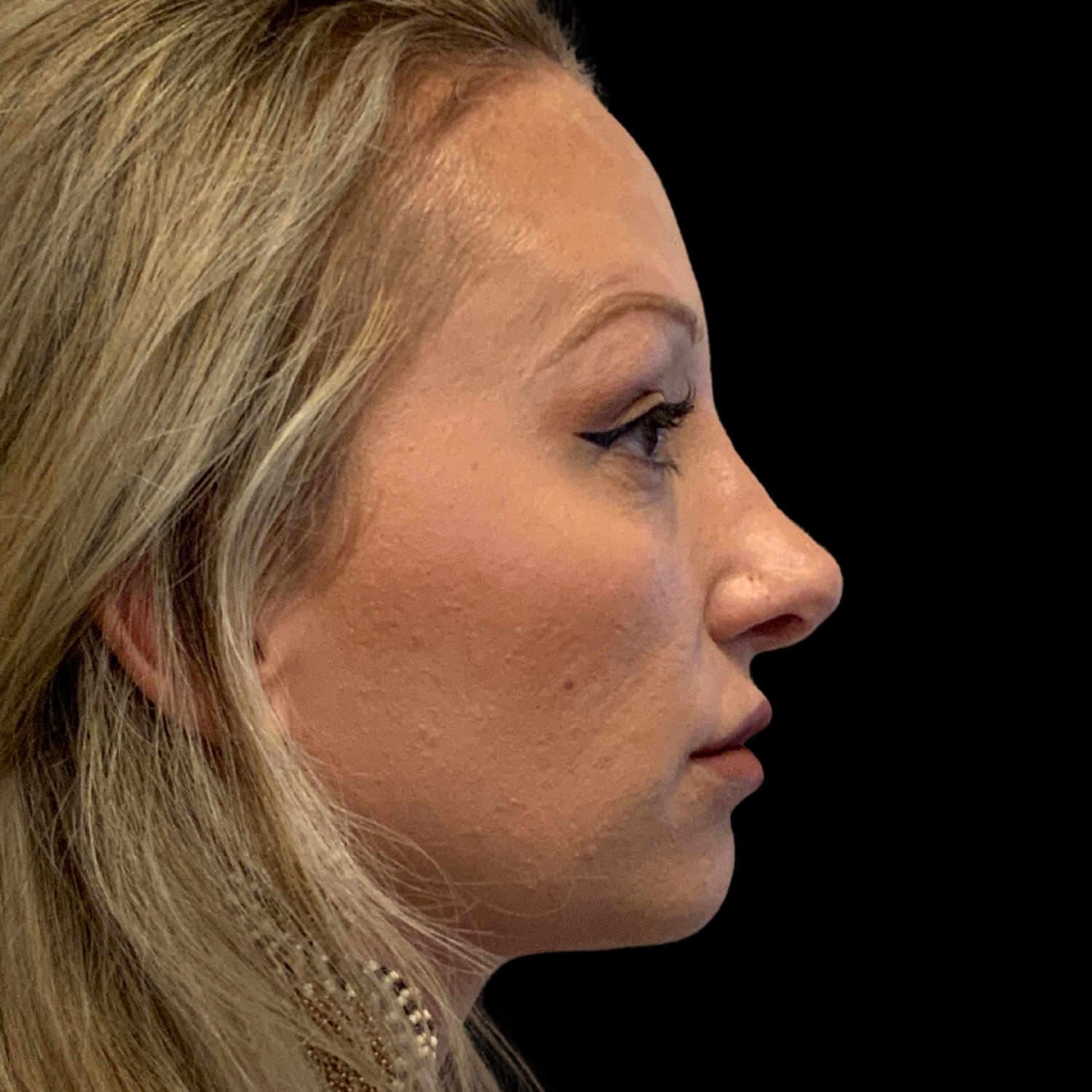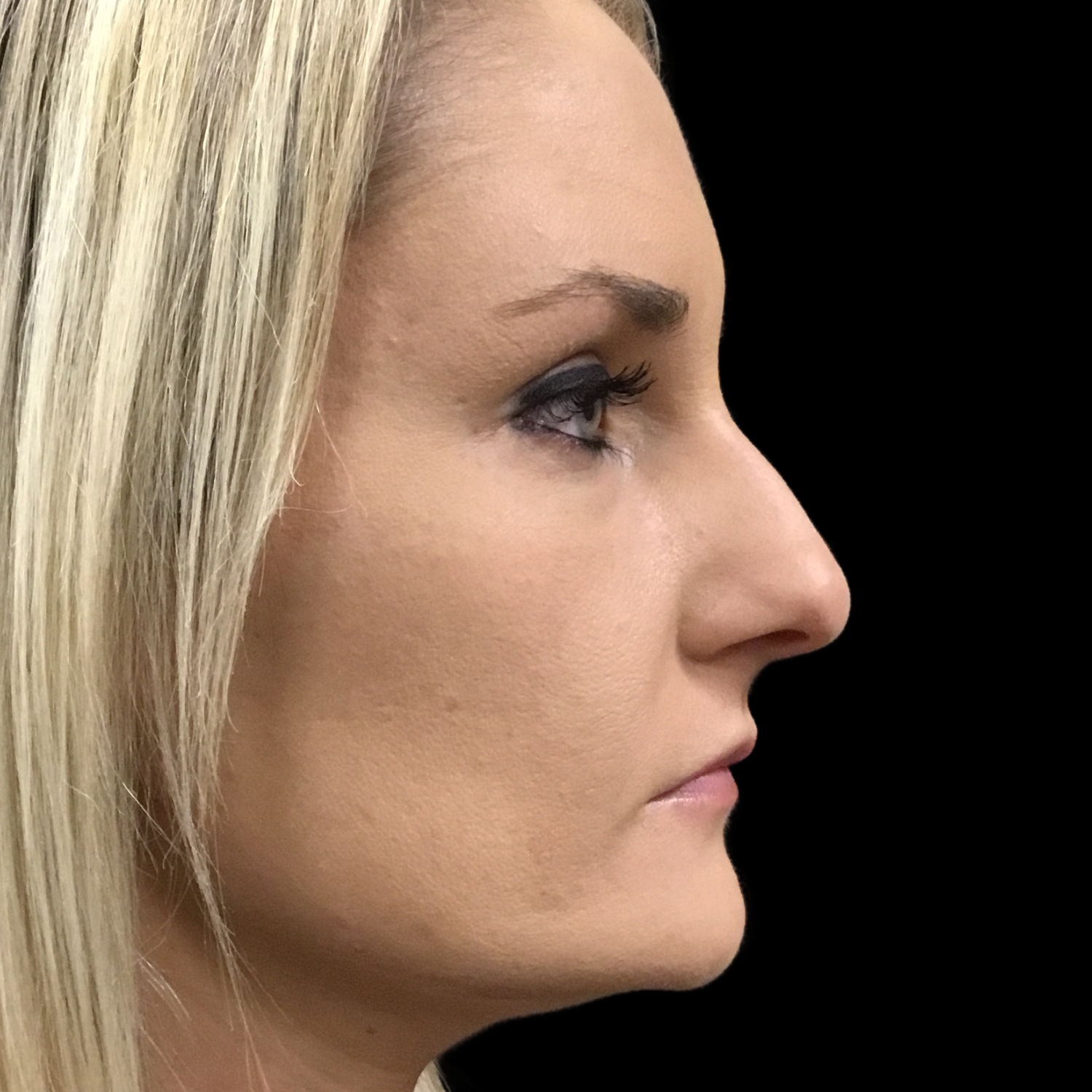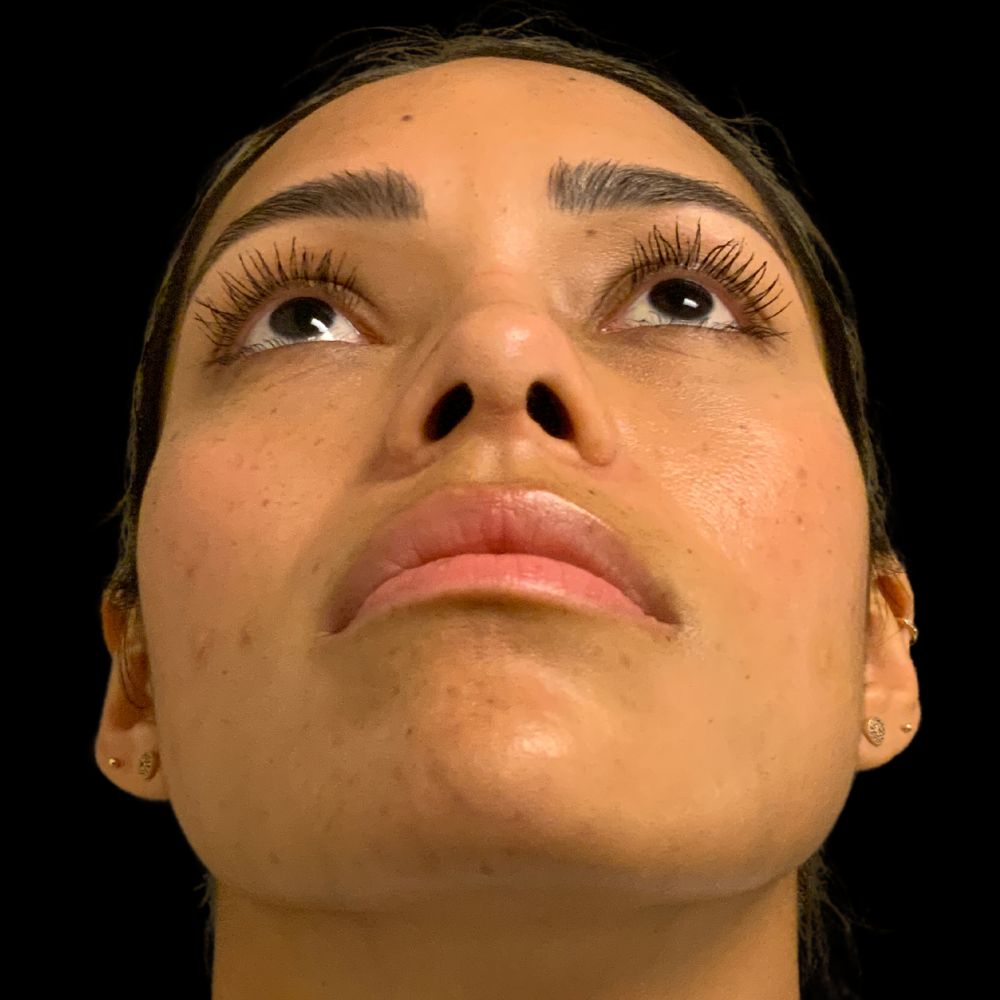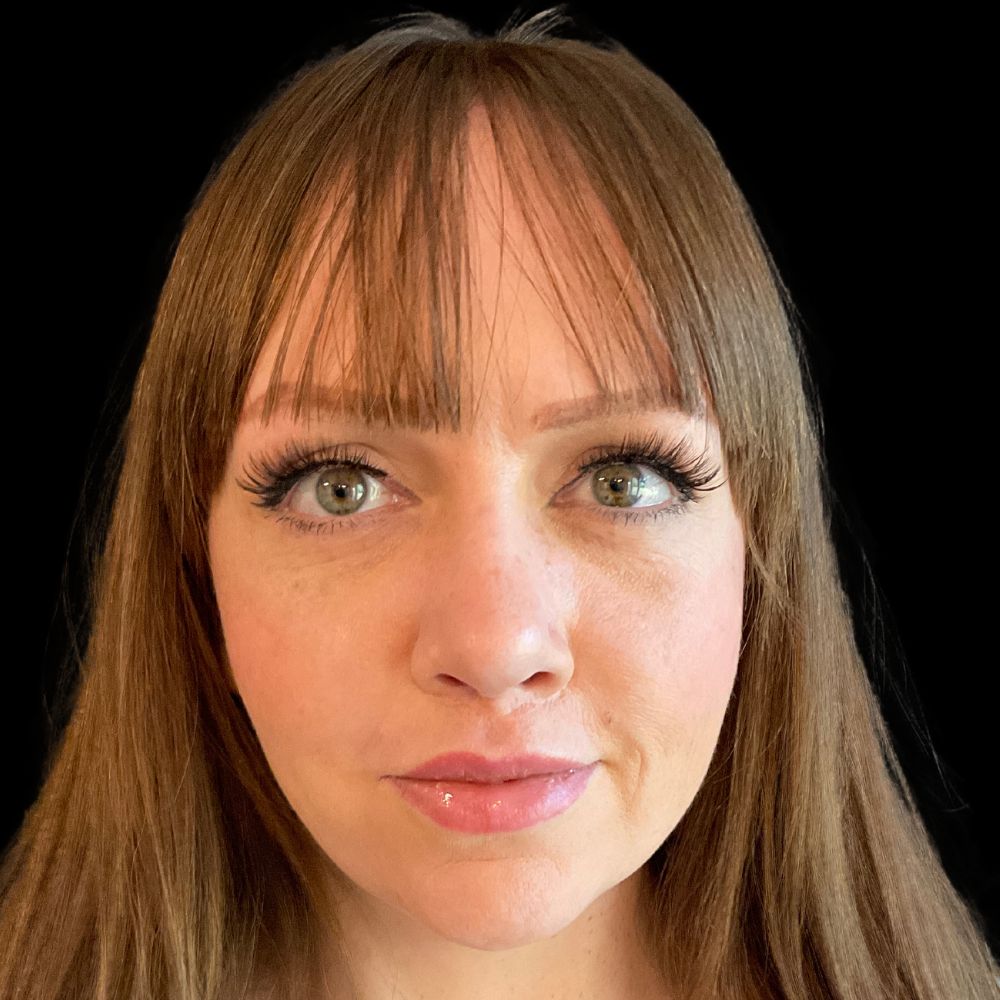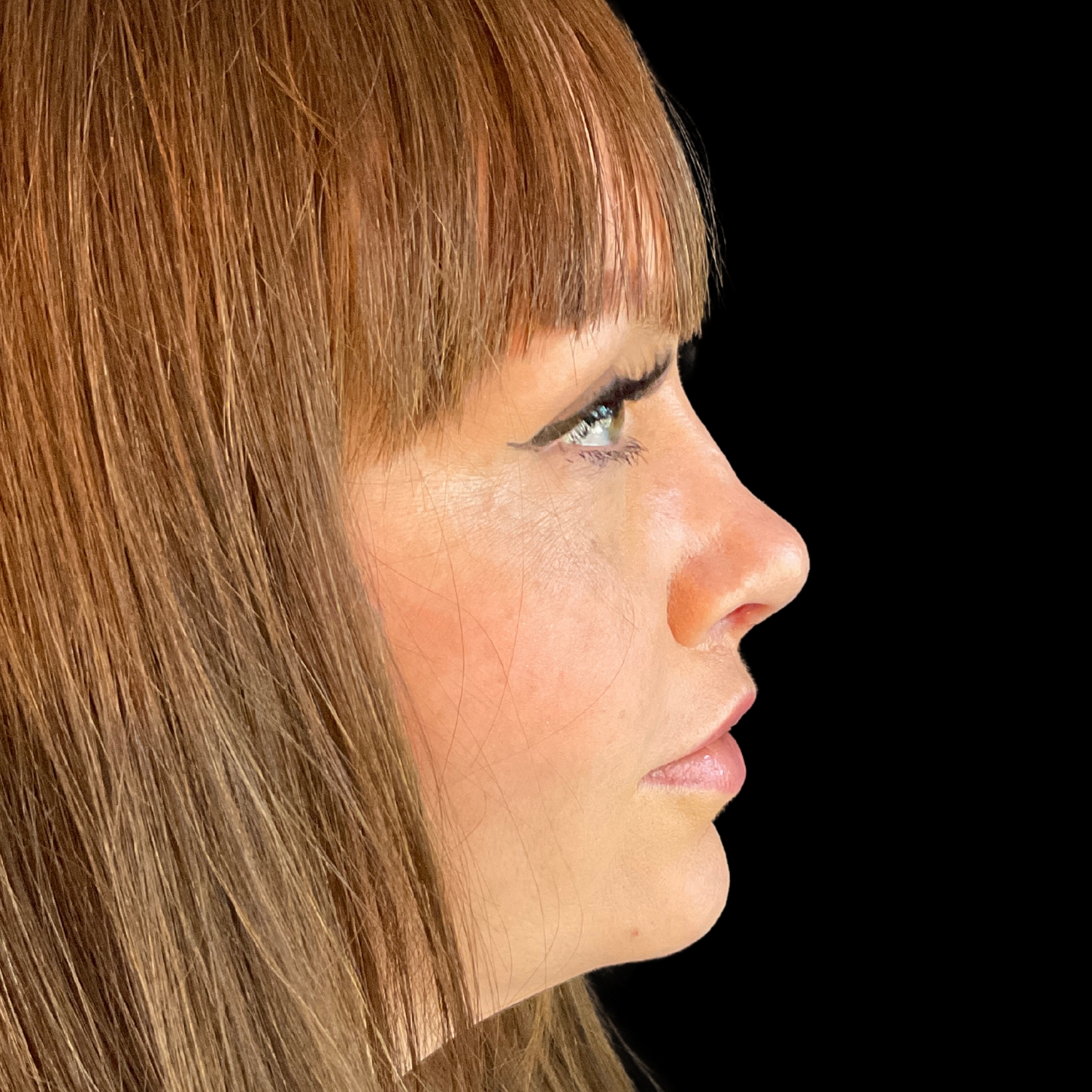Rhinoplasty
What is Rhinoplasty?
Rhinoplasty is a surgical procedure designed for those wishing to refine and reshape their nose.
Often referred to as a “nose job” or a “nose reshaping” by many patients, people choose rhinoplasty for a variety of reasons. It can correct cosmetic problems, like a bump or a hook as well as structural problems, like difficulty breathing due to a deviated septum.
Should I Get a Rhinoplasty?
Rhinoplasty may be suitable for individuals who are dissatisfied with the aesthetic appearance of their nose or experience functional issues that impact breathing. Common cosmetic concerns include dissatisfaction with the size, shape, or symmetry of the nose, while functional problems may arise from a deviated septum or congenital defects. Those seeking post-traumatic reconstruction due to injuries or individuals unhappy with the results of a previous rhinoplasty might also consider the procedure. Additionally, some individuals choose rhinoplasty to boost self-confidence by addressing perceived facial harmony. It’s essential for those contemplating rhinoplasty to have realistic expectations and consult with our qualified, board-certified surgeon to determine the appropriateness of the procedure based on their specific needs and goals.
What Does a Rhinoplasty Correct?
- Nasal asymmetry
- Nose size relative to facial balance
- Large, wide, or upturned nostrils
- Nostril size and position
- Tip of the nose that may be enlarged, upturned, drooping, or hooked
- Profile of nose
- Visible humps or depressions
- Deviated septum
Open or Closed Rhinoplasty?
Rhinoplasty, a surgical procedure designed to enhance both the aesthetic and functional aspects of the nose, can be performed through two main techniques: open rhinoplasty and closed rhinoplasty. Open rhinoplasty involves a small external incision on the columella, providing the surgeon with a direct and comprehensive view of the nasal structures. This approach is ideal for addressing complex deformities or intricate modifications, allowing for precise adjustments. In contrast, closed rhinoplasty, also known as endonasal rhinoplasty, involves incisions made solely within the nostrils, avoiding any external scarring. This technique is suitable for less extensive modifications, offering a quicker recovery time and reduced postoperative swelling. While open rhinoplasty provides enhanced visibility and access, closed rhinoplasty is often preferred for cases requiring more modest changes. The choice between these approaches depends on the individual patient’s needs, the complexity of the desired modifications, and the surgeon’s expertise.
Preservation Rhinoplasty
Preservation Rhinoplasty is a modern and reliable method to modify the nose by keeping its original structure. It aims to preserve as much of the cartilage and bone as possible while producing a very natural nasal bridge that can contribute to an easier recovery. The Preservation Rhinoplasty alters the bone and cartilage rather than altering the structure with sutures, grafts and other modifications that are done in a Traditional Rhinoplasty.
How It Works
During a Preservation Rhinoplasty, cartilage and bone are removed from underneath the dorsal hump and the top or bottom of the septum. This process allows the bridge to be altered by being “let down” or “pushed down” instead of shaving or removing the above hump, like in a Traditional Rhinoplasty. It allows for less chances of depressions, humps or blockage of airways. By preserving as much of the bridge as possible, it allows for an easier recovery with minimal bruising and swelling compared to a more aggressive Traditional Rhinoplasty.
The Recovery Process
Recovery after a nose job is usually minimal. Common side effects include swelling and bruising, which will subside over time. You can typically return to work and daily activities as soon as you wish.
As with the majority of cosmetic procedures, it is best to avoid strenuous activities for a few weeks after your surgery. For optimal results, it is also advisable that you stay out of the sun for up to eight weeks.
For many people, a nose job can be a life-changing procedure. Your nose is a prominent facial feature, and refining and reshaping it can help improve the overall appearance of your face. Many patients report increased confidence, improved self-esteem, and easier breathing after their Rhinoplasty. To find out if it’s right for you, get in touch with us today!
